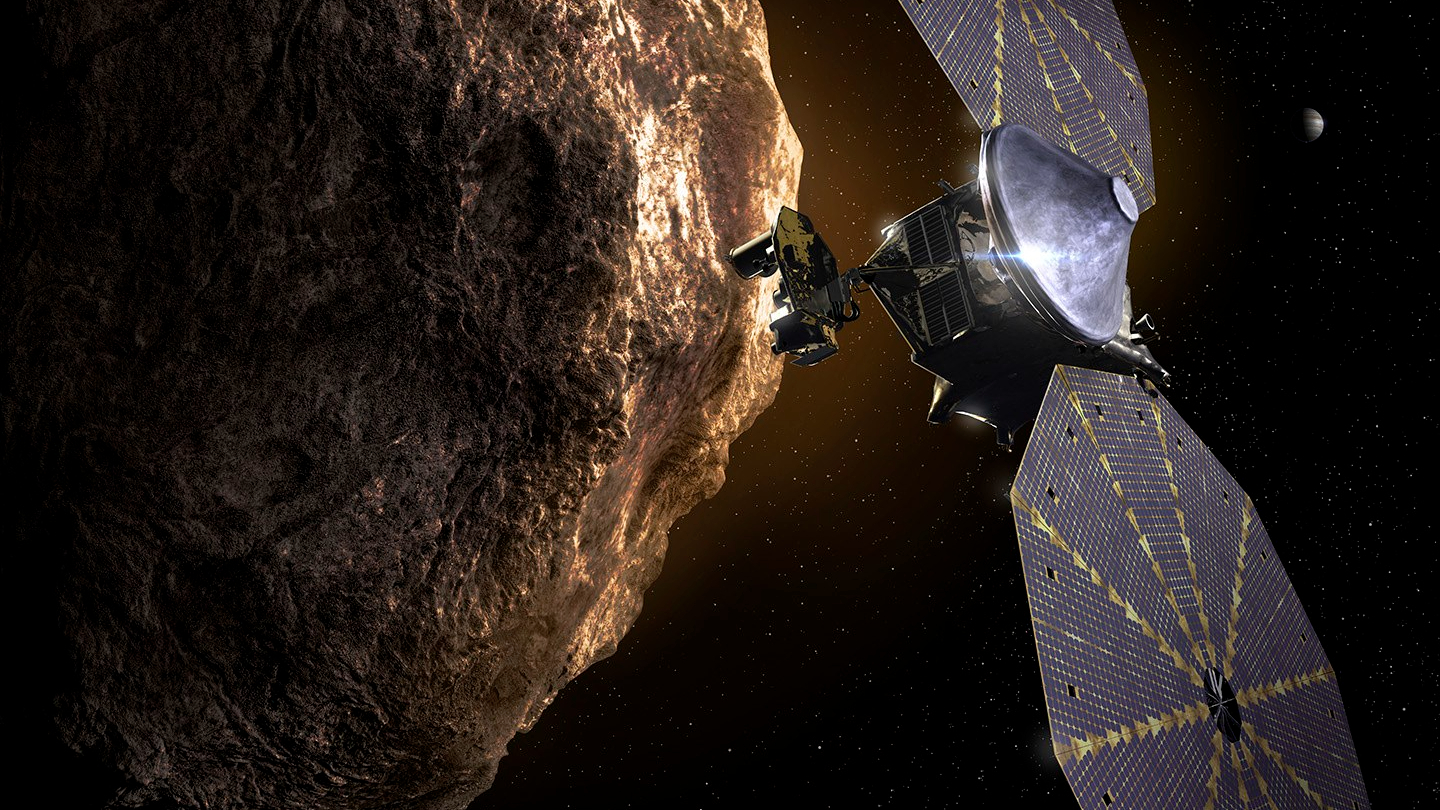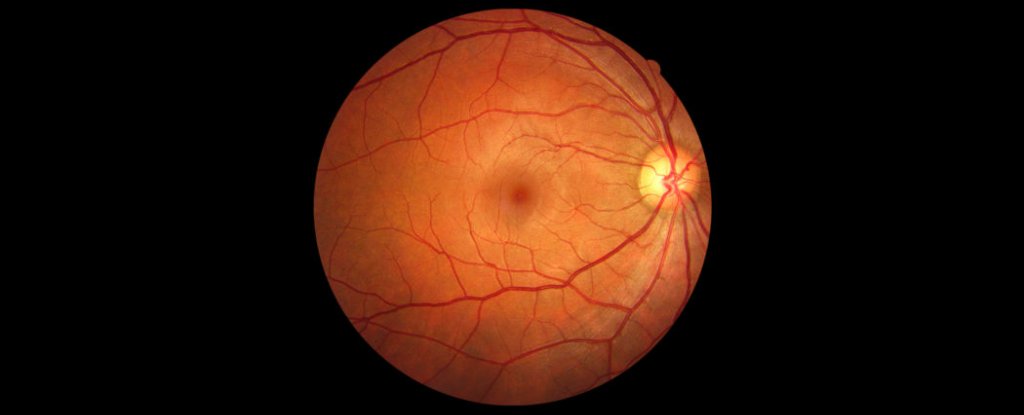Democrats are praying and hoping for another Watergate
The 1970s Watergate scandal was modern Democrats’ greatest moment.

Democrats’ intense and continued focus on “Signalgate” reveals that their hope is to resurrect Watergate.
Facing Republican control of the White House, Congress and the Supreme Court, plus their own internal divisions, their better chance lies in pulling down Republicans than in seeking to pull themselves up. And there is no more revered playbook for doing this than what they did to President Richard Nixon half a century ago.
The inadvertent inclusion of the Atlantic’s editor in the discussion of military strikes on Yemen’s Houthis was a blunder and an embarrassment. Still, the strikes were successful, and they continue.
Compared with the Biden administration's failures — its Afghanistan withdrawal, rapprochement with Iran, the opening of America’s southern border to the world and an overall feckless foreign policy of which only 36 percent of Americans approved — “Signalgate” pales in comparison. Yet Democrats uttered nary a peep about any of Biden's miscues. They never called for anyone’s firing, for four full years.
So now, Democrats are reduced to praying for another Watergate, a scandal to match their party's greatest moment in modern political history. In the 1972 election, their party had imploded in a fiasco that makes the 2024 seem mild by comparison.
Their nominee, Sen. George McGovern (D-S.D.), had run on what was, up to then, the most leftist platform of any major American political party. When it was discovered that their vice presidential nominee, Sen. Thomas Eagleton (D-Mo.) had received electroshock therapy, McGovern pledged his support, only to pull it days later.
McGovern and the Democrats went on to lose in a historic landslide. They lost to Nixon by an astounding 18 million votes — the largest vote margin of all time — and a popular vote loss of 37.5 percent to 60.7 percent. In the Electoral College, they lost 17 to 520, winning only the state of Massachusetts.
But they retained congressional majorities and a sympathetic press. And those two institutions worked to connect the dots from an obscure incident at a local hotel to the disgraced resignation, less than two years later, of the president who had nationally humiliated them.
The parallels between the Democrats’ fate half a century ago and their predicament now are telling. Although their loss in 1972 was bigger, their loss in 2024 was more unexpected and broader. In some ways, last November’s defeat was also more ominous.
After 1972, Democrats still retained majorities in Congress. After 2024, Democrats are a minority in both the House and the Senate.
After 1972, the courts remained far more favorable to Democrats than they are now, after multiple Republican administrations have appointed judges. At that time, the liberal establishment media still had a virtual monopoly of what was news and how it was covered. Half a century later, the media are at their lowest levels of audience, credibility and influence in modern times.
Trump is far more aggressive in his use of executive authority than Nixon was. Plus, the executive branch’s power has steadily increased over the last half century. And facing this more powerful president, Democrats are increasingly internally fractured. They have neither a discernable message nor a messenger to deliver it.
At the same, they are also moving farther left and increasingly out of step with the electorate. The Democrats’ internal paradox is that they are becoming liberal, even as liberals are decreasing in political clout.
In January 2023, Gallup found that 54 percent of Democrats identify themselves as liberal, a new high. As recently as 2013, only 43 percent had; in 2003, only 32 percent had; and in 1994, only 25 percent had. So in roughly a generation, Democrats’ share of liberal support has more than doubled.
Yet 2024 exit polling showed liberals comprised only 23 percent of voters, whereas moderates were 42 percent and conservatives 35 percent. In 2020, 24 percent of voters had identified as liberals. In 2016, 26 percent did.
Building a majority on America’s smallest ideological minority is not a winning strategy. This is also the reason why Democrats have taken stands in support of issues that are strongly supported on the left but not by the rest of the electorate.
According to a recent New York Times-Ipsos poll, nearly 80 percent of Americans opposed allowing biological men to compete against women in sports; even 67 percent of Democrats did. Yet in a recent Senate legislation barring this practice, every Democratic senator voting opposed allowing the legislation to advance.
On illegal immigration, Democrats were out early against Trump’s plans; yet in a RealClearPolitics average of national polling, Biden had only a 33.5 percent approval rating on immigration.
Unable to stop Trump, while uniting on legislation that repels voters, and without a clear leader for 2028, Democrats need a deus ex machina to deliver them. No wonder they look so fondly toward the miracle that did the job half a century ago.
Expect Democrats to try to exaggerate every administration misstep, to build every fault into a scandal. More than their best past, a Watergate redux is their best hope for the future.
J.T. Young is the author of the recent book, “Unprecedented Assault: How Big Government Unleashed America’s Socialist Left,” from RealClear Publishing and has over three decades’ experience working in Congress, the Department of Treasury, the Office of Management and Budget, and representing a Fortune 20 company.









































































